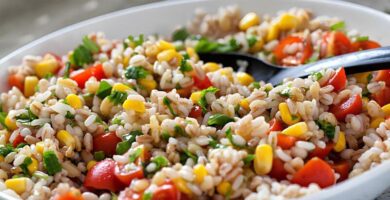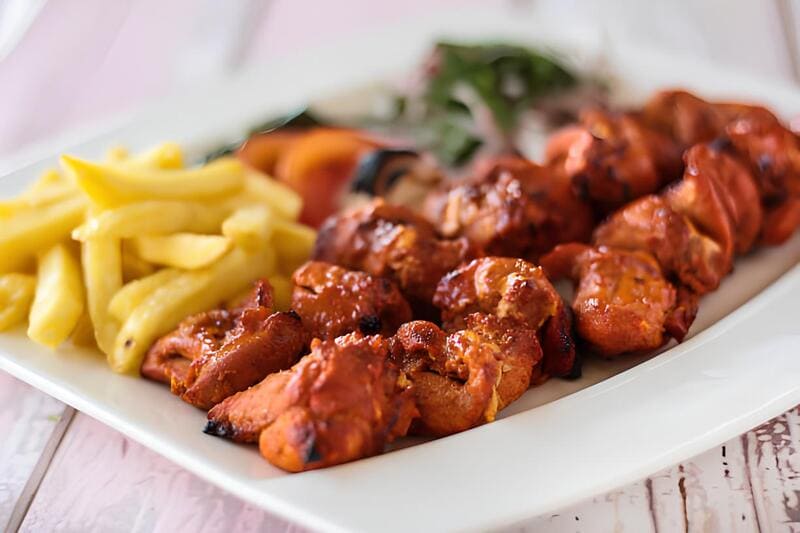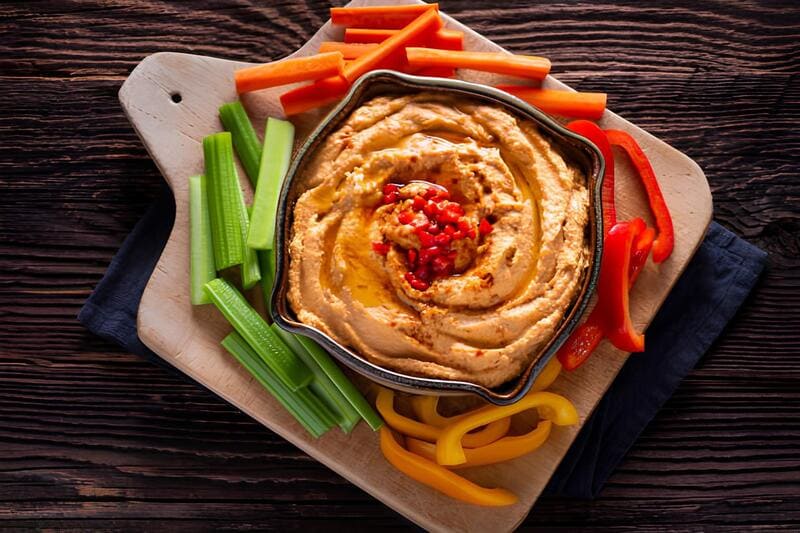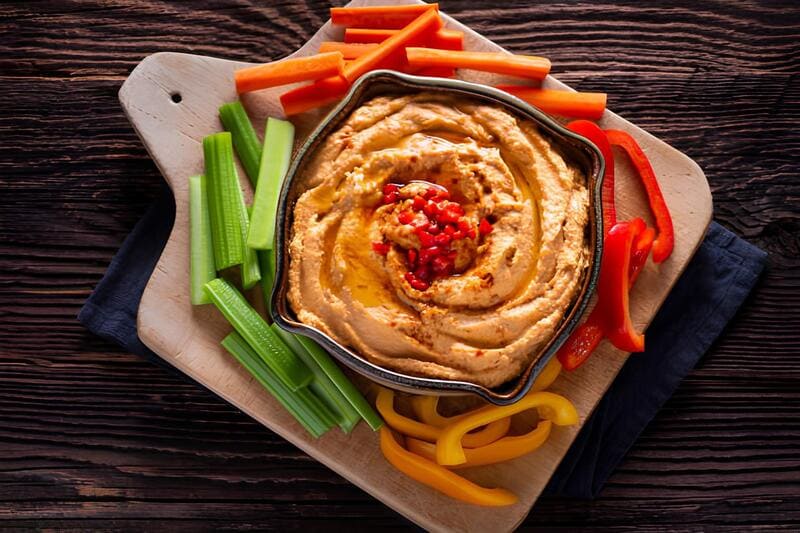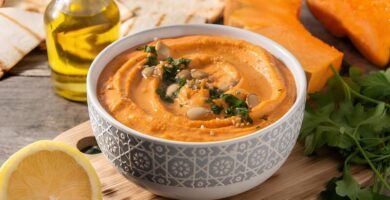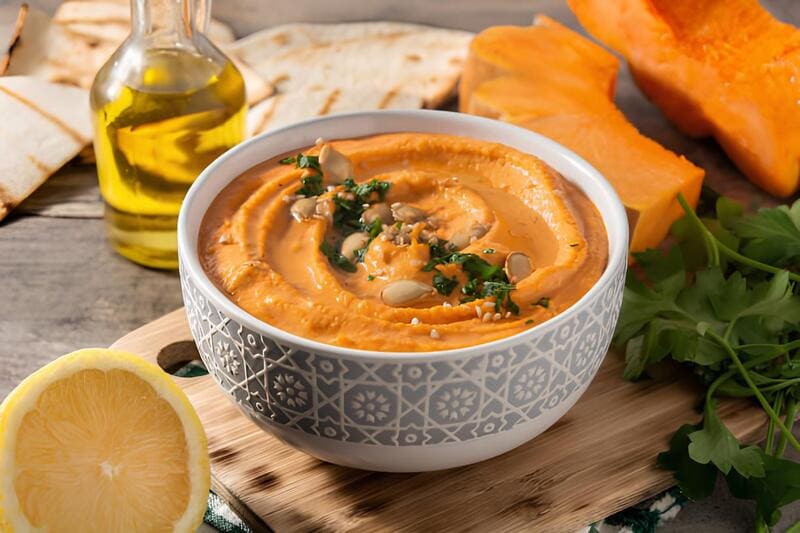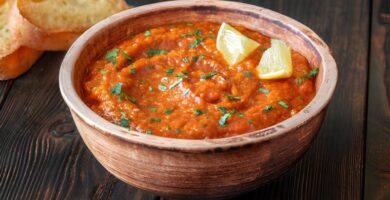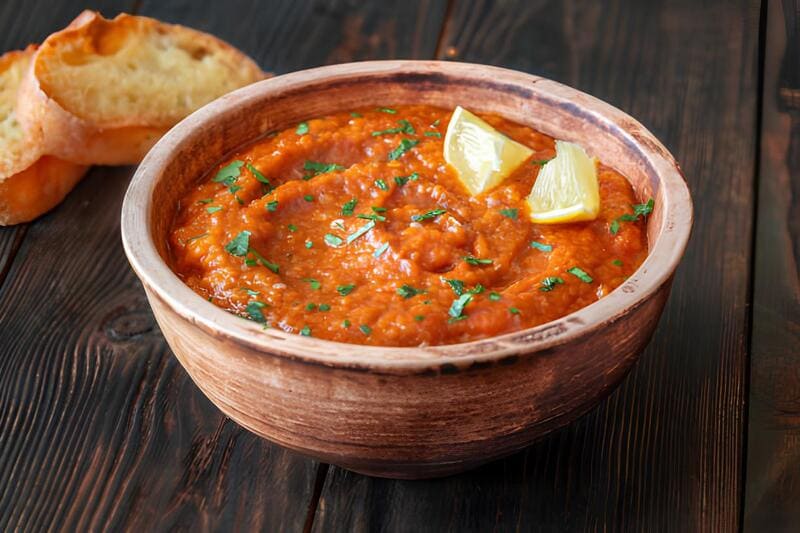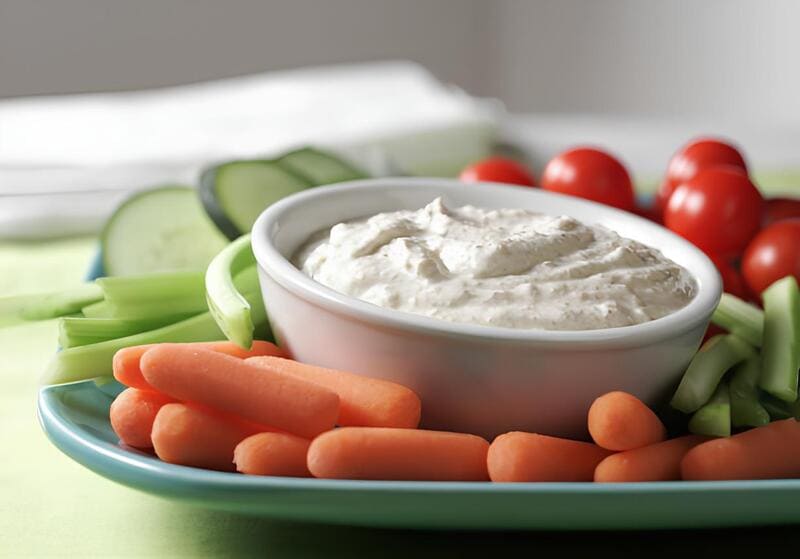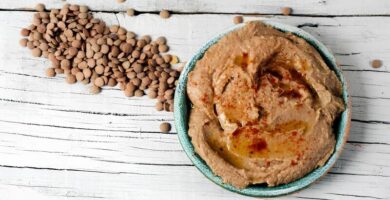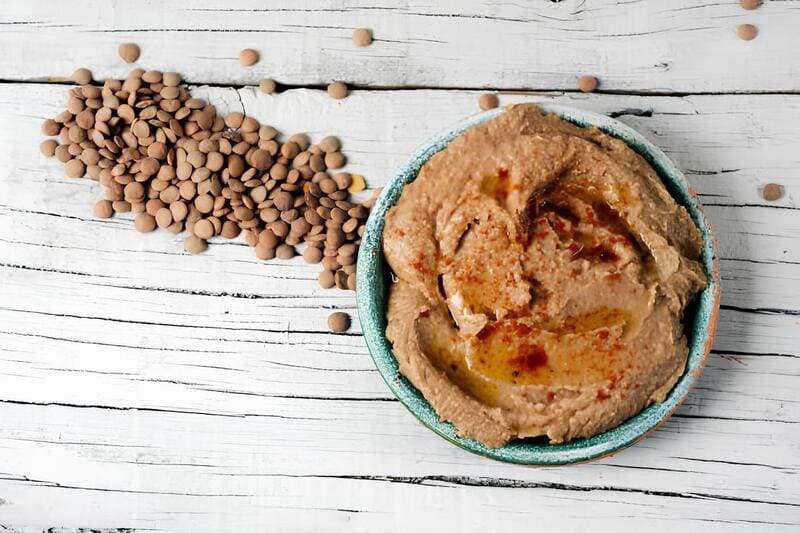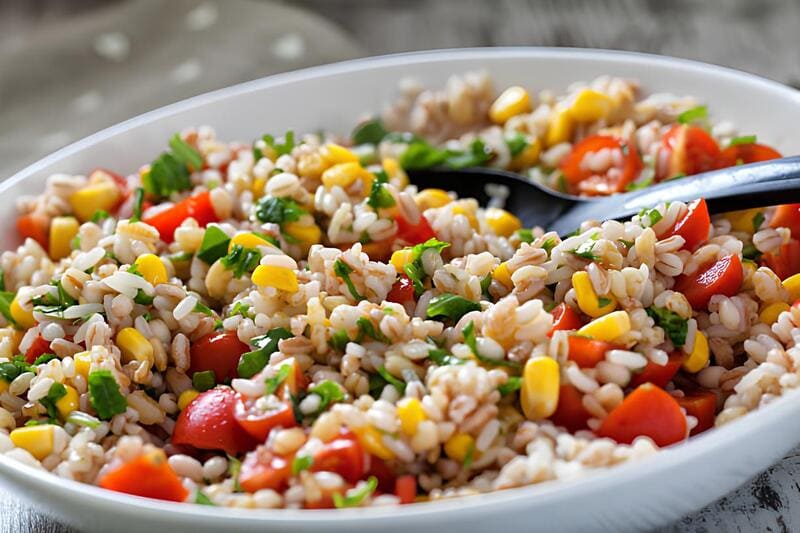
Barley, a staple ingredient in many Middle Eastern cuisines, dates back to ancient Egypt, where it was highly valued for its nutritional benefits and versatility. This Barley Veggie Salad strikes a delightful balance between hearty and refreshing, making it a beloved side dish. It’s packed with colorful, fresh vegetables and offers a chewy, nutty flavor with each bite.
This vegetarian dish is not only healthy but incredibly simple to prepare, offering a burst of flavors derived from the freshest ingredients. Whether you are exploring new grains or need a nutritious side for your Middle Eastern meals, this barley salad will complete your table beautifully. Often heralded as the best accompaniment to rustic family meals, let’s delve into making this vibrant, pearl barley salad.
Ingredients
- 1 cup pearl barley
- Water (enough to boil barley)
- 1 onion, diced
- 2 carrots, diced
- 3 cloves fresh young garlic, sliced
- 1 cup sugar snap peas, trimmed and halved
- 1 cup shiitake mushrooms, diced
- 1 bunch Swiss chard, stems separated and leaves cut into ribbons
- Olive oil
- Salt, to taste
Preparation
- Start by rinsing the barley thoroughly to remove excess starch.
- Boil water in a large pot and add the rinsed barley. Allow to cook like pasta for about 15-20 minutes until soft yet chewy. Drain and set aside.
- While the barley cooks, dice the onion and carrots into small, uniform pieces. Slice the garlic thinly. Trim and halve the sugar snap peas.
- Clean the shiitake mushrooms and dice into bite-sized pieces. Separate the Swiss chard stems from the leaves; dice the stems and cut the leaves into ribbons.
- In a large, non-stick pan, heat olive oil over high heat. Begin by sautéing the mushrooms with a pinch of salt, cooking until they start to brown.
- Add the diced onions and carrots to the pan. Continue to sauté, adding more olive oil if necessary to keep the ingredients from drying out.
- Once the onions and carrots are slightly caramelized, add the garlic and sugar snap peas. Stir occasionally to prevent burning.
- Incorporate the cooked, drained barley into the pan, ensuring everything mixes well. Add salt to taste.
- Finally, add the Swiss chard leaves and let them wilt into the mixture. Stir to combine all ingredients evenly.
Did you know?
Barley is an ancient grain that holds a significant place in Egyptian history. It is one of the earliest cultivated grains, dating back to 10,000 years ago in the Fertile Crescent. Used in various ways, it served as both food and a form of currency in ancient Egypt.
Besides its historical significance, barley is often dubbed a supergrain due to its impressive health benefits. Rich in both insoluble and soluble fiber, it aids in digestion, helps in weight management, and reduces the risk of heart disease by lowering cholesterol levels.
Moreover, barley has a low glycemic index, making it an excellent choice for those managing diabetes. It’s frequently found in Middle Eastern soups, pilafs, and salads, cherished for its chewy texture and nutty flavor. This Barley Veggie Salad is not just a feast to the eyes with its colorful veggies, but it also brings a wealth of nutrients to your plate.
No wonder it’s often considered among the best choices for a healthy and balanced vegetarian diet! So, when you savor this simple yet flavorful dish, you’re also indulging in a piece of Egyptian culinary heritage.
